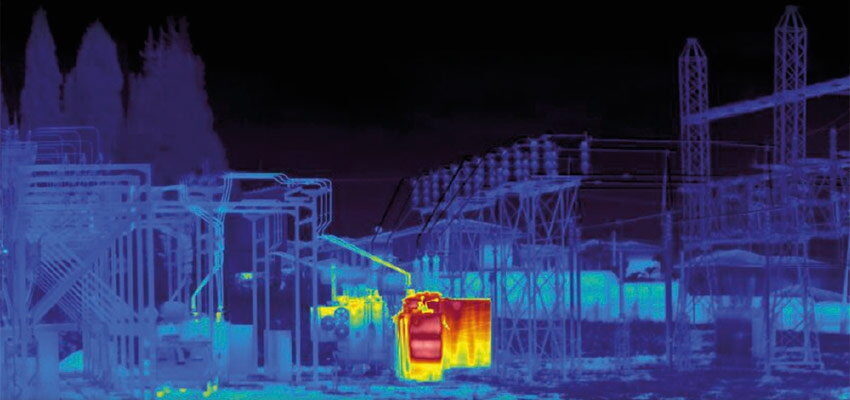
Adaptive Response Technology
Increasing profitability and avoiding failures What do the Tennessee Valley Authority, Chicago Mercantile Exchange, Gerdau AmeriSteel, and Mitsubishi Electric have in common? They all have...
bySensei Solutions

Increasing profitability and avoiding failures
What do the Tennessee Valley Authority, Chicago Mercantile Exchange, Gerdau AmeriSteel, and Mitsubishi Electric have in common? They all have a critical need for reliable power systems and, to ensure that reliability, Sensei’s MasterMind Adaptive Response Technology (ART and SMART).
For these and other Sensei customers, MasterMind provides an essential tool to increase power system reliability and to minimize or eliminate unplanned service interruptions and potential adverse effects.
A stressed out electrical grid
The overworked electrical grid isn’t a new concern, but it does source from a developing problem that has created new challenges. The combined effects of an aging fleet and the introduction of renewable energy sources to the grid place unanticipated demands on legacy equipment.
Since its inception, electrical demand has been fairly predictable. For most of its history, fluctuations in ambient temperature were the largest drivers of demand. After all, ambient temperature is a predictable variable; electrical generation was thus understood as a relatively steady-state proposition.
Until today’s utility energy environment
Today, renewable energy sources present a new, more dynamic problem: matching demand to supply and vice versa. The majority of the grid’s critical, high-voltage legacy assets were simply not designed to withstand the stressful dynamic loading patterns imposed by renewable energy sources.
Although transformers can operate for decades at 100% of nameplate with load at a steady state, when they are subjected to dramatic, repetitive load changes, thermal expansions can eventually compromise the life of the unit. Critical bushing and transformer seals are two of the most concerning elements that we find regularly under siege in this new paradigm. A compromised seal allows moisture introduction, leading to degraded dielectric oil insulating capability, breakdown, and ultimately partial discharge.
In response, many utilities are implementing continuous monitoring of these assets, such as dissolved gas analysis (DGA) and installation of bushing monitors deeper within medium-voltage transformers and switchgear distribution networks. Individually, these methods provide only a sliver of insight into the true condition of the equipment. In order to gain a more reliable understanding of real-time conditions, it is now possible to consider the factors in context and then correlate them with one another.
The solution for bushings, in particular, has been an imperfect one. Instrumentation is impossible without an outage, making it inconvenient and costly, and risking damage to the very equipment it seeks to protect. The information gleaned must then be manually correlated and interpreted by costly subject matter experts. Thankfully, another more effective approach to condition monitoring exists.







